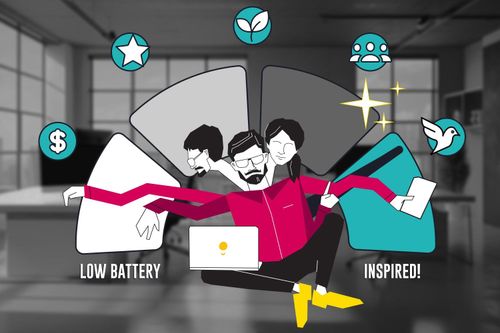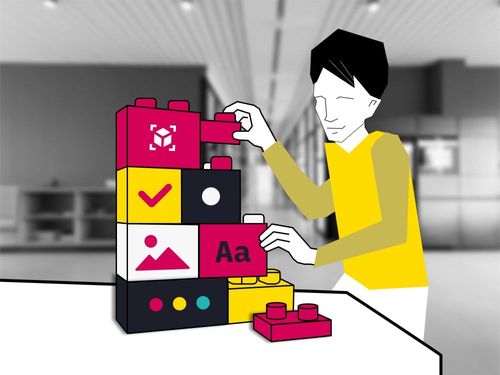
What is the secret behind successful software development teams?
Recent research shows – it isn’t about having the best people or a lot of people — it’s about creating the right mix.
For instance, organizations with robust team structures face a 40% improvement in project efficiency.
At Smartexe, we’ve built and managed hundreds of high-performing teams. We made many mistakes. But eventually, we came up with a very clear understanding of what such an optimal mix should look like.
It’s best to start thinking about your optimal approach through the prism of the development approach. It will create clarity with regard to the key positions you need to fill:
How Development Approach Impacts Team Structure
Different development methods call for different team setups.
Here’s how each approach impacts team dynamics:
| Development Approach | How It Affects Team Structure | Key Roles That Matter | Best Practices |
| Agile |
| Product Owner, Scrum Master, Developers, QA Automation, UX/UI Designers | Keep teams lean. Avoid overloading with specialists that may slow down iteration cycles. |
| Waterfall |
| Tech Architect, Backend & Frontend Developers, Business Analyst, QA | Ensure strict role clarity. Misalignment in the planning stages can lead to major delays. |
| DevOps |
| DevOps Engineers, Site Reliability Engineers (SREs), Cloud Architects Integrate QA and automation early. | Seamless deployments require cohesive collaboration between development and operations. |
| Hybrid |
| Project Manager, Agile Coach, Developers, QA, Security Engineers, Business Analysts | Balance flexibility with structure. It’s especially effective for SaaS and fintech applications where security and compliance are paramount. |
Matching Team Structure with Your Business Goals
One of the biggest mistakes managers can make is trying to build the optimal final team from the get-go. There are two major problems with it:
- You don’t fully understand who you need on the team before starting the project, so you might overspend on the wrong people.
- It can take a lot of time, which can otherwise be invested in lifting the project off the ground.
My recommendation: Always start lean and scale smart based on workload.
Avoid vanity hiring. One of our fintech clients saved $0.5M in staffing costs by scaling incrementally instead of hiring upfront.
As to the optimal structure and size of this lean team, it should be guided by the project type. Consider the following guidelines:
| Project Type | Recommended Team Structure | Typical Team Size |
| Simple Website or App | Generalist Team that has a broad skill set that covers all necessary functions without the overhead of specialized roles. | 3-5 people |
| E-Commerce Platform | Hybrid or Specialist Team that combines agile flexibility with deep expertise in key areas like UX, security, and payment integrations. | 8-12 people |
| Fintech, Healthcare, Application | Specialist Team with Security & compliance knowledge because they ensure stringent regulatory standards are met and sensitive data is effectively protected. | 10-15 people |
| AI/Data-Driven App | Hybrid or Specialist Team that blends agile development with deep expertise in machine learning, data analytics, and algorithm optimization, ensuring both innovation and technical robustness. | 10-20 people |
| Enterprise Software | Large, distributed teams with modular development as they break down complex systems into manageable, specialized components, enabling scalable growth and efficient collaboration across diverse teams. | 15+ people |
[If you need a more in-depth look into team sizing, check out the article What is the Optimal Size of a Development Team.]
Additional Thumb Rules Your Dream Team
- Align tech talent with business strategy – every new hire should fill a clear gap in your product roadmap, not just add numbers.
- Outsource strategically – Not every role needs to be in-house. Augmenting your team with specialized external talent experts and micro teams allows you to fill expertise gaps without long-term commitments.
This is, by the way, where Smartexe comes in. See us as your partner for scaling at the right speed, without extra expenses. Click the contact button if you want to discuss it or see what teams and experts we have available for you now.
- Invest in automation early – QA testing, infrastructure management, and CI/CD pipelines should be automated before scaling the team—not after.
To sum things up, building a dream software team isn’t about quantity — it’s about making synergistic effects. Remember - a lean, strategically chosen team outperforms a bloated one.
Like this article? Follow me and Smartexe for more original insights on tech leadership, recruitment, and building high-performance teams.




















